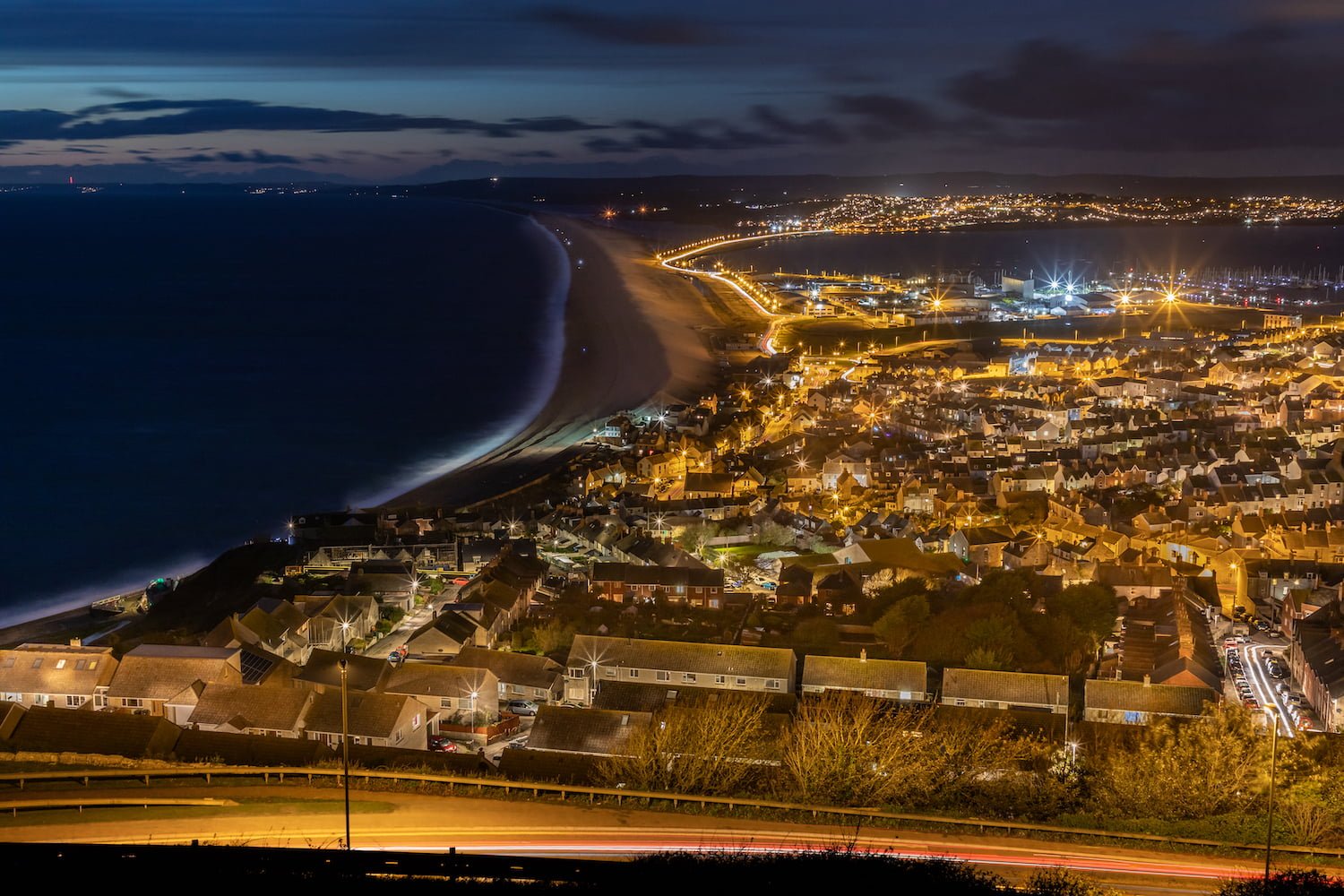Ports and harbours play an essential role in the UK’s economy and logistics chain. The UK’s port industry is the second largest in Europe, handling 95% of the nation’s imports and exports by volume, facilitating safe trade between water and land on a massive scale and acting as a beacon of safety for mariners.
However, for harbour operations to run efficiently and vessels to safely unload their goods and passengers, sailors must first accurately navigate their way to the coast from the sea.
Mariners rely on aids to navigation such as buoys and beacons to mark the safest route in open water and through narrow passages and port entryways. But at nighttime, navigation lights — such as precision sector and leading lights — are what marine navigators follow to shore.
So, harbour managers must ensure port-based navigation lighting products are reliable, high-quality and backed up by an alternative power source so that mariners can always find their way back to land — even when all other lights go out.
Guiding lights for marine pilots and seafarers
Thanks to modern technology such as global positional systems (GPS) and the internet of things (IoT), sailors have access to data and devices that allow them to chart precise paths, monitor equipment performance, prepare for bad weather and avoid hazards. Still, when approaching harbours at short range, pilots mainly navigate by visual references.
Ask two pilots what they use to find their bearings on a tight approach, and you are more than likely to get two different answers. Still, whilst an experienced pilot might line up with familiar lighting columns or markers on their way into a port, they will also use all the visual references that form the picture painted around them. So, during cross tides or bad weather and at night when visibility is poor, navigators rely on navigation lighting to delineate navigable channels and define the limits of specific areas.
Navigation lights provide a consistent indicator of a vessel’s position in relation to the shore in all conditions. For example, leading lights are pairs of beacons that, when aligned, indicate a ship is approaching from the correct direction. Sector lights show a different colour depending on the position they are viewed from, signalling whether the approaching vessel should turn to port or starboard to stay on a safe course.
New navigation aids benefit from the latest LED technology and bulbs that are more powerful and energy-efficient than older models. Plus, if all else fails and shore lights go out due to a power outage or poor conditions disrupt a pilot’s field of vision, navigation lights offer a familiar, reliable signal for pilots to follow — essential for preventing chaos at harbours in dark or dangerous conditions.
Preparing for every eventuality
With the rapid development of technology comes plenty of cost-effective navigation aids that can improve safety and efficiency at ports and harbours. So, many harbour managers are upgrading harbour lights to improve the consistency, accuracy and dependability of these crucial pieces of equipment.
Navigation lighting should be instantly and easily recognisable to approaching pilots against background lighting. As such, suppliers must consider each navigation light’s intensity, flash character, height and relationship to other lights for every application. For example, leading lights provide an intuitive navigation solution, but sailors may notice the colour change of a precision sector light quicker in some conditions.
Additionally, it is vital to prevent LED failures caused by mechanical issues, which can occur in the presence of moisture, impact or vibration. So, the placement and spacing of lights are crucial, and harbour managers must also invest in quality products to ensure lighting equipment is robust against the elements.
As the UK’s leading supplier of marine aids to navigation, Hydrosphere has retrofitted and replaced leading and sector lights for ports and harbours across the country, including for the Port of Bridgewater, Stornoway Harbour, Portland Harbour and many more.
For added reliability, we supply battery backups for navigation lighting to allow navigation to continue safely in the event of a mains outage. All our products meet IALA requirements. Each light is designed, installed and maintained to the highest standards, offering an excellent long-term investment for any harbour looking to make the most of the latest aids to navigation technology.
Hydrosphere supplies a range of Sabik Marine sector and leading light solutions for various applications. Contact us at +44 (0)1420 520374 or email sales@hydrosphere.co.uk to discuss the unique requirements of your project with our technical experts.








